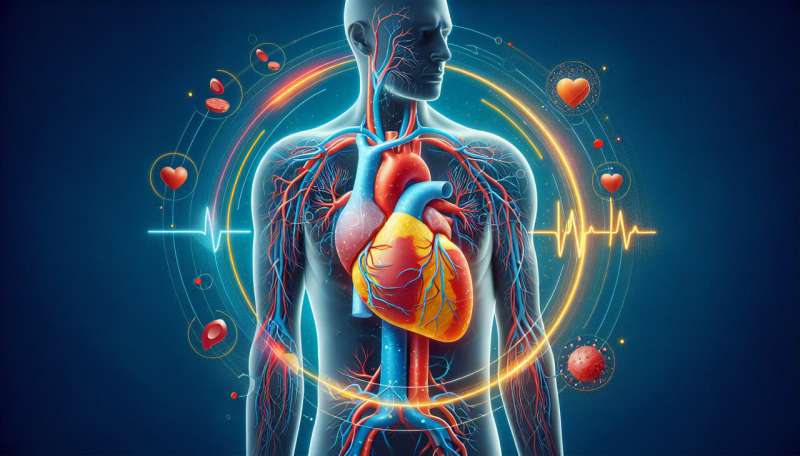Innovative Portable Brain Monitoring Technology Offers New Hope for Dementia Detection

A groundbreaking portable brain monitoring system using broadband near-infrared spectroscopy shows promise for early dementia detection by assessing brain metabolism and blood oxygenation in a noninvasive manner.
Early and accurate diagnosis of dementia presents significant challenges in the medical field. Traditional imaging techniques like MRI and PET scans, although valuable, are often costly, not readily accessible, and less suitable for repeated assessments. Recently, researchers in the UK have advanced a promising alternative: a compact, noninvasive monitoring system based on broadband near-infrared spectroscopy (bNIRS). This innovative technology can potentially detect brain changes associated with Alzheimer's disease even during its initial stages.
Published in the Journal of Biomedical Optics, the pilot study involved monitoring brain activity in response to visual stimuli. Unlike conventional near-infrared spectroscopy, which measures only oxygenated and deoxygenated hemoglobin, bNIRS also assesses the oxidation state of cytochrome c oxidase (oxCCO), an enzyme crucial to cellular energy production and linked to mitochondrial function. Since oxCCO activity tends to diminish in Alzheimer's disease, it serves as a promising biomarker for early detection.
The study included three small participant groups: healthy controls, individuals with mild cognitive impairment, and early-stage Alzheimer's patients. Using a simple visual stimulus, the researchers recorded brain responses in the visual cortex, analyzing blood oxygenation and oxCCO activity. Results showed that specific brain signal features varied across the groups. Importantly, combining these measures with cognitive assessments revealed a strong correlation (r = 0.902), and excluding oxCCO-related data weakened this association, highlighting its significance as a biomarker.
Despite the limited sample size, findings suggest that bNIRS holds potential as an accessible and portable brain-monitoring tool. Its ease of use and portability could enable frequent testing outside clinical settings, facilitating ongoing monitoring of disease progression and responses to treatment. The authors note, "Our work is the first to noninvasively measure oxCCO during functional tasks in people with dementia, using a wearable system," underscoring its innovative value.
With further development, bNIRS technology may become a cost-effective, patient-friendly adjunct in dementia diagnosis, complementing existing imaging methods and enabling earlier intervention.
Source: https://medicalxpress.com/news/2025-09-portable-based-brain-dementia-diagnosis.html
Stay Updated with Mia's Feed
Get the latest health & wellness insights delivered straight to your inbox.
Related Articles
Research Indicates Returning Students Did Not Spark COVID-19 Outbreaks in Small Towns
A recent study finds that students returning to college towns during the COVID-19 pandemic did not significantly contribute to local outbreaks, thanks to effective mitigation efforts and behavioral factors.
American Heart Association Highlights Benefits of Palliative Care for Critical Cardiovascular Patients
The American Heart Association emphasizes the importance of palliative care for patients with critical cardiovascular conditions to enhance quality of life, symptom relief, and personalized treatment planning.
Initial Findings from the EULAR RheumaFacts Project Highlight Disparities in RMD Care Across Europe
Preliminary data from the EULAR RheumaFacts project reveal significant disparities in access to rheumatic disease care across European countries, highlighting the need for improved equity in healthcare resources and treatments.



